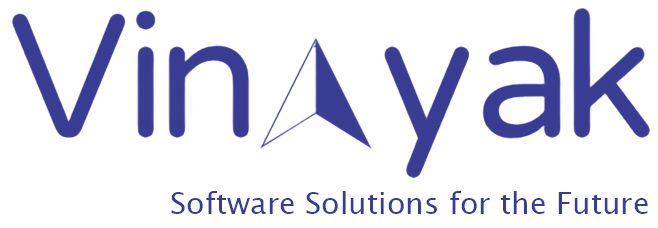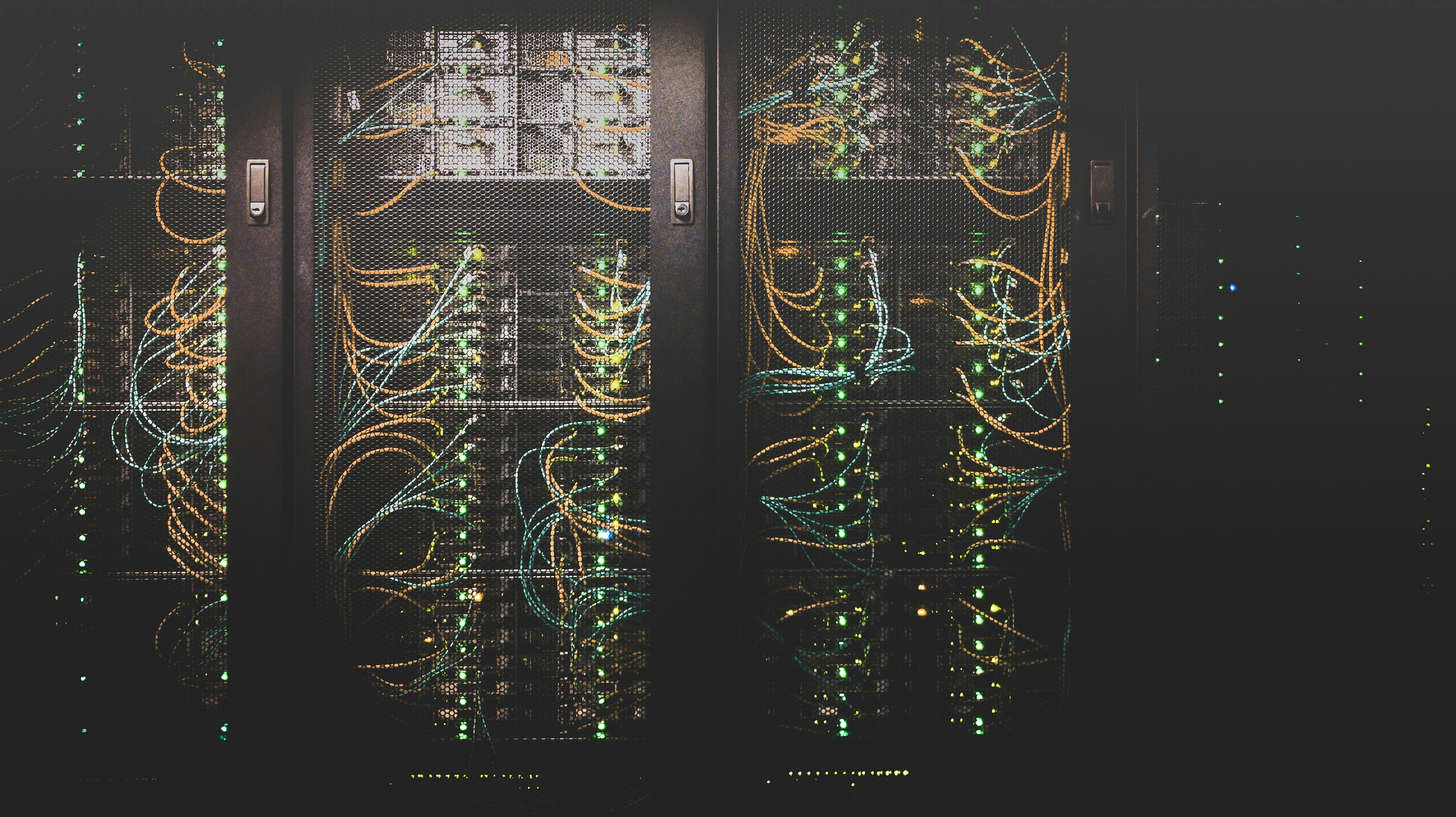Introduction
Edge computing is transforming how we process and analyze data by bringing computation closer to data sources. This paradigm shift is enabling faster response times, reduced bandwidth usage, and enhanced privacy - critical requirements for modern applications.
Key Benefits
- •
Reduced latency and improved response times
- •
Enhanced data privacy and security
- •
Optimized bandwidth utilization
Edge Computing Fundamentals
Core Components
- • Edge devices and sensors
- • Edge nodes and gateways
- • Edge data centers
Network Architecture
- • Distributed computing
- • Mesh networks
- • 5G integration
Use Cases
IoT and Smart Devices
Real-time processing for IoT sensors and smart devices
Autonomous Vehicles
Low-latency processing for real-time decision making
Industrial Automation
Edge computing for manufacturing and process control
Smart Cities
Distributed processing for urban infrastructure
Architecture
Architectural Components
Edge Layer
Device-level processing
Fog Layer
Intermediate processing
Cloud Layer
Centralized processing
Security
Device Security
Securing edge devices and endpoints
Data Protection
Encryption and access control
Network Security
Secure communication protocols
Implementation
Technologies
- • Kubernetes Edge
- • Edge AI frameworks
- • Edge databases
Best Practices
- • Resource optimization
- • Failover strategies
- • Monitoring and logging
Future Trends
The future of edge computing is closely tied to emerging technologies and evolving business needs.
Emerging Technologies
- • 6G networks
- • Quantum computing
- • Advanced AI/ML
Industry Impact
- • Smart manufacturing
- • Healthcare innovation
- • Autonomous systems
Conclusion
Edge computing represents a fundamental shift in how we process and manage data. As technologies evolve and use cases expand, edge computing will continue to play a crucial role in shaping the future of distributed computing and real-time applications.
Key Takeaways
- •
Edge computing is essential for real-time applications
- •
Security and architecture are critical considerations
- •
Future trends point to increased adoption and innovation



